Tokyo is one of our favorite cities to visit in Asia. If you like to eat, it is one of the top food destinations in the world. The food is amazing so go! Kiran of Wanderlust Crave recently took advantage of a deal to Kuala Lumpur and stopover in Tokyo for about 20 hours. Here are some of her practical tips to make the most of a layover.
If you would like to write about your recent travel experiences on The Flight Deal, submit your pitch here.
====
I know that layovers typically make you groan in annoyance, but sometimes they can really give you the opportunity to see another city, sometimes even another country without adding a penny to your flight ticket. On a recent trip, I had a 20-hour layover in Tokyo. We timed to arrive at about 2:50pm on a Thursday, leaving Tokyo at about 11am on Friday morning.
The challenge with Tokyo is that most international flights arrive at Narita International, which is about 40 miles from downtown, and/or a 2-hour bus ride.
If your luggage is checked through, immigration is easy and efficient and you can be on your way in no time. U.S. citizens do not require a visa. You will be given a stamp upon arrival. You can grab cash from an ATM at the airport. The conversion currently is roughly $1 USD to ¥100 Yen. Internet is reasonably accessible (restaurants and hotels) although I have T-Mobile so didn’t really tap into that as I used my free roaming. [Editor’s Note: Google’s Project Fi worked really well for us earlier this past May.]
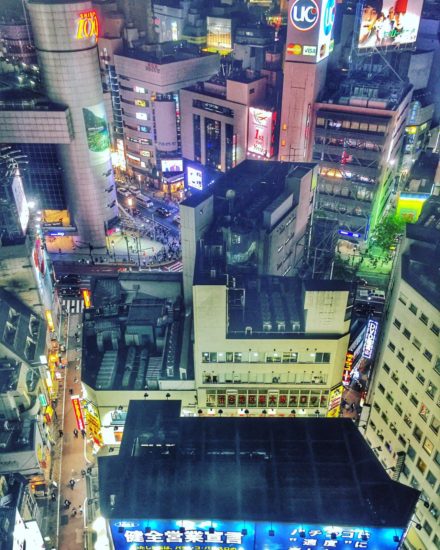
Shibuya at Night, Tokyo, Japan – Photo: (C) Kiran Iqbal of WanderlustCrave.com
Getting into Tokyo and Accommodations
The two easiest and fastest ways of getting into Tokyo are the Narita Express (the one-way journey takes roughly one hour, costs around ¥3000 or roughly $30 USD) and the Airport Limousine Bus (also ¥3000) . Both are clearly posted and marked at the international arrivals terminal at Narita. The Narita Express claims to get you to Ueno (a historic district in Tokyo) in under 42 minutes. But the area about Ueno is not very “happening” at night. The Airport Limousine bus is cheaper and drops you off right at the door of a number of hotels in downtown Tokyo. [Editor’s Note: The Airport Limousine Bus is the way to go. Definitely check to see if it stops by one of the hotels you are staying at. It is really hassle-free. If you are coming from Narita, navigating Tokyo Station can be a pain.]
Taking into account the language barrier as well as the distance to the airport, I scouted out two primary locations to stay: either Shibuya or Shinjuku. Other areas are also directly connected to the Narita Express Train but as I mentioned earlier, they tend to get quiet after hours. I picked Shibuya and Shinjuku because they tend to stay lively, even in the middle of the night, and are very close to the metro and airport transfers.
Ultimately I decided to stay in Shibuya at the Shibuya Excel Hotel. It is a direct drop-off from the airport bus, which got us to the hotel in 1.5 hours instead of the advertised 2. At the hotel, we were able to purchase a ticket for our return, guided by the principles of how long it would take during what we thought would be rush hour (there wasn’t any! So efficient!). [Editor’s Note: Purchase the return ticket to the airport ahead of time. The bus can fill up quickly and you might have to depart earlier than you want. If the hotel is a bus stop for the Airport Limousine Bus, the hotel concierge will be able to sell you a ticket — cash only.]
Making the MOST of your hours
A few sights that are easy to see in close proximity and open at flexible hours are the Sensoji Temple at Asakusa and the Tokyo Skytree. Go see these as soon as you drop off your luggage, and use the metro to get there. Sensoji Temple is free to enter and located a few steps from Asakusa Station, served by the Ginza Subway Line, Asakusa Subway Line and Tobu Railways.
What immediately struck me about the temple was its sheer SIZE. It is 5 stories tall and the entire surrounding area has become streets and lanes of peddlers and street food offerings. It’s easy to grab a rice cracker “Osenbei” and munch on it as you walk along the Nakamise, a centuries-old shopping street connecting the outer gate of the temple to its inner gate.
From Sensoji, it’s about a 10-minute walk over the Sumida River to the Tokyo Tree. It was a pleasant evening so we enjoyed the walk immensely, stopping at Japanese confectioneries to try Camembert cheese cookies along the way.
The Tokyo Skytree is Japan’s answer to the Burj Khalifa. It is Japan’s tallest structure and for a time was the second tallest structure in the world. The entrance fee is about ¥900. I wished that I had made reservations in the Musashi Sky Restaurant, which is present on one of the observation decks, an because the views were beautiful. Tickets may be purchased on the 4th floor and require your passport. Tickets are ¥2820 for the Skytree Fast ticket, which is specifically for foreign tourists. Although more expensive, they allow holders to jump the line.
We also planned on a Michelin meal at Ishikawa and took an Uber to get there. You should be mentally prepared to pay a premium to use Uber in Japan. For us, it was worth the time and effort it would take to find this difficult-to-find restaurant, especially when the hours were stacked against us! [Editor’s Note: Uber in Japan is basically hailing a cab. So it is whatever the cab cost + the Uber fee. You don’t want to pay an extra fee; it is therefore better to ask the hotel concierge to write down your destination in Japanese and hail a cab yourself.]
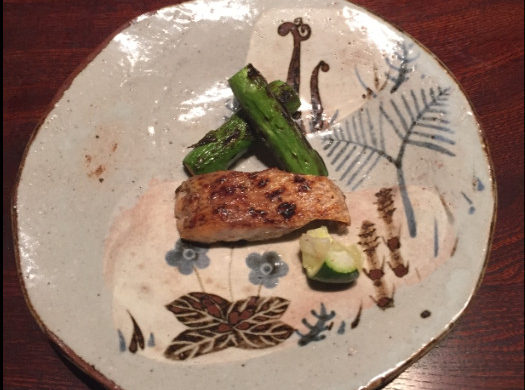
Sea Perch and Asparagus at Ishikawa, Tokyo, Japan – Photo: (C) Kiran Iqbal of WanderlustCrave.com
The benefit of staying in Shibuya was being able to see all the local stores (and some old fan favorites like Uniqlo) open till the later hours. The streets are packed and lively.
After some aimless touristy post -inner walking, we were snug in our hotel bed by midnight, ready to make our flight onward!
Happy Layovers!
About the Author:
Kiran Iqbal is an avid traveler whose mission it is to visit at least 8 new countries a year. She’s been to over 60 and takes great pride of passion in her photography and food tasting skills. Follow her on Instagram @WanderlustCrave or Twitter at @WandrlustCrave and read her blog at Wanderlust Crave.
=====
To make sure you receive our latest deals, LIKE our The Flight Deal Facebook Page, follow us on Twitter @TheFlightDeal, Threads @TheFlightDeal or The Flight Deal WhatsApp channel or subscribe to The Flight Deal RSS Feed or Subscribe via Email (Once a Day)
The Flight Deal does not sell travel products or services. We provide you with information about third-party travel suppliers’ offers, and link you to their sites. The information posted by The Flight Deal is valid at the time of publication. However, we have no control over the suppliers, and we therefore do not warrant or guarantee that their offers will not change or become unavailable. Nor are we responsible for their products, services or site content. Please see their sites for their most up-to-date offer information and all applicable terms and conditions.
Sign up to receive The Flight Deal Daily DealsLetter, to stay up to date with the latest and greatest flight deals available.

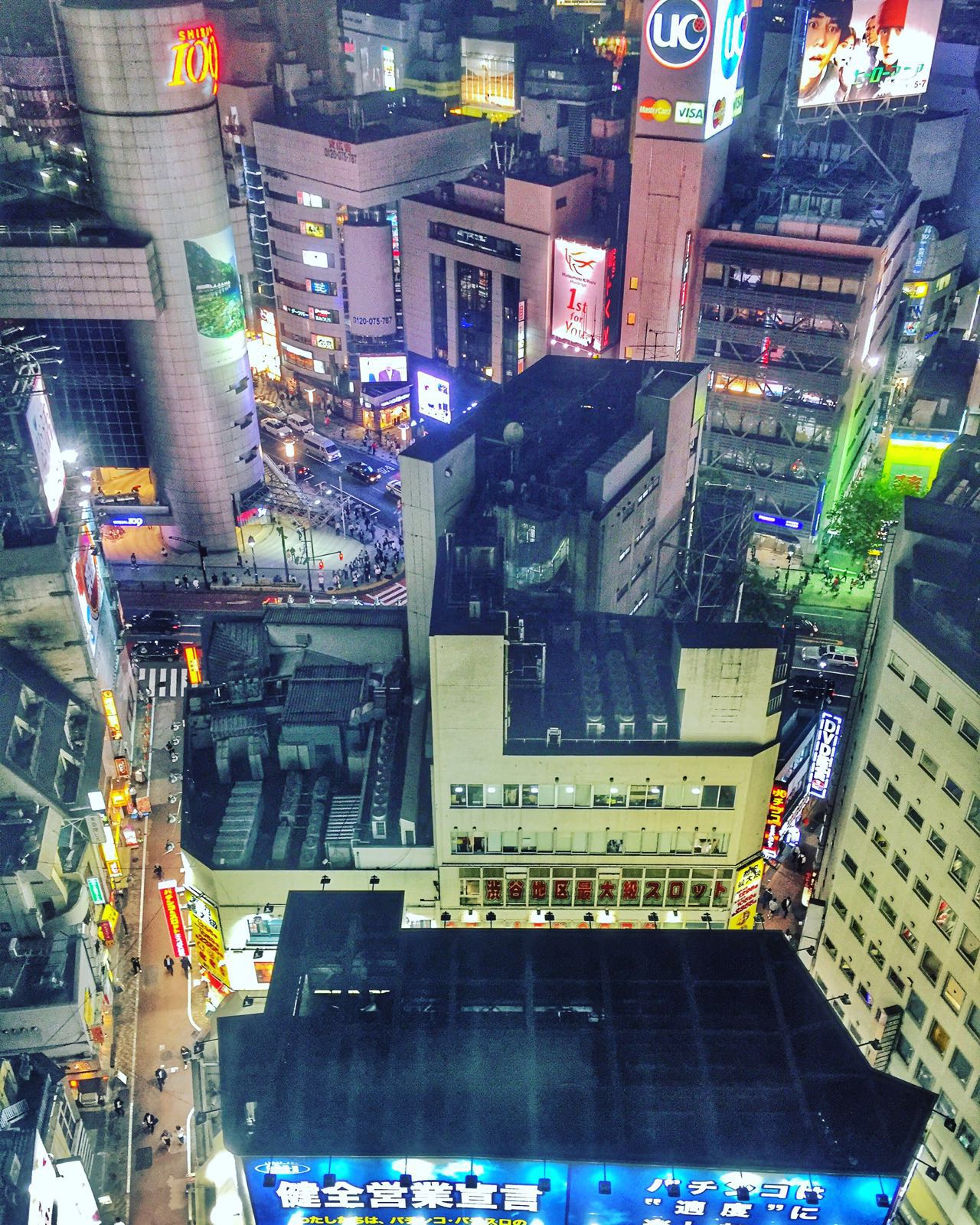
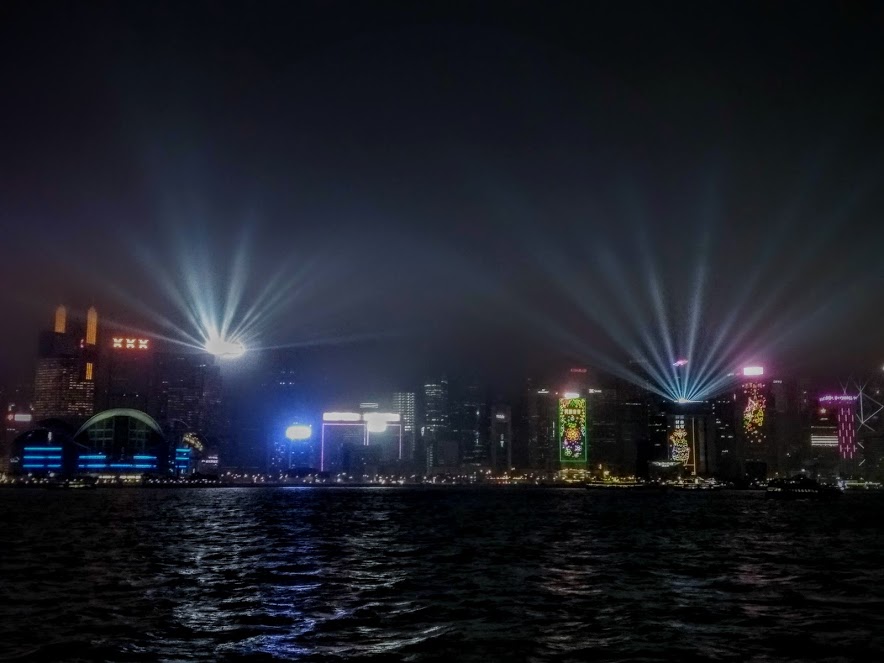
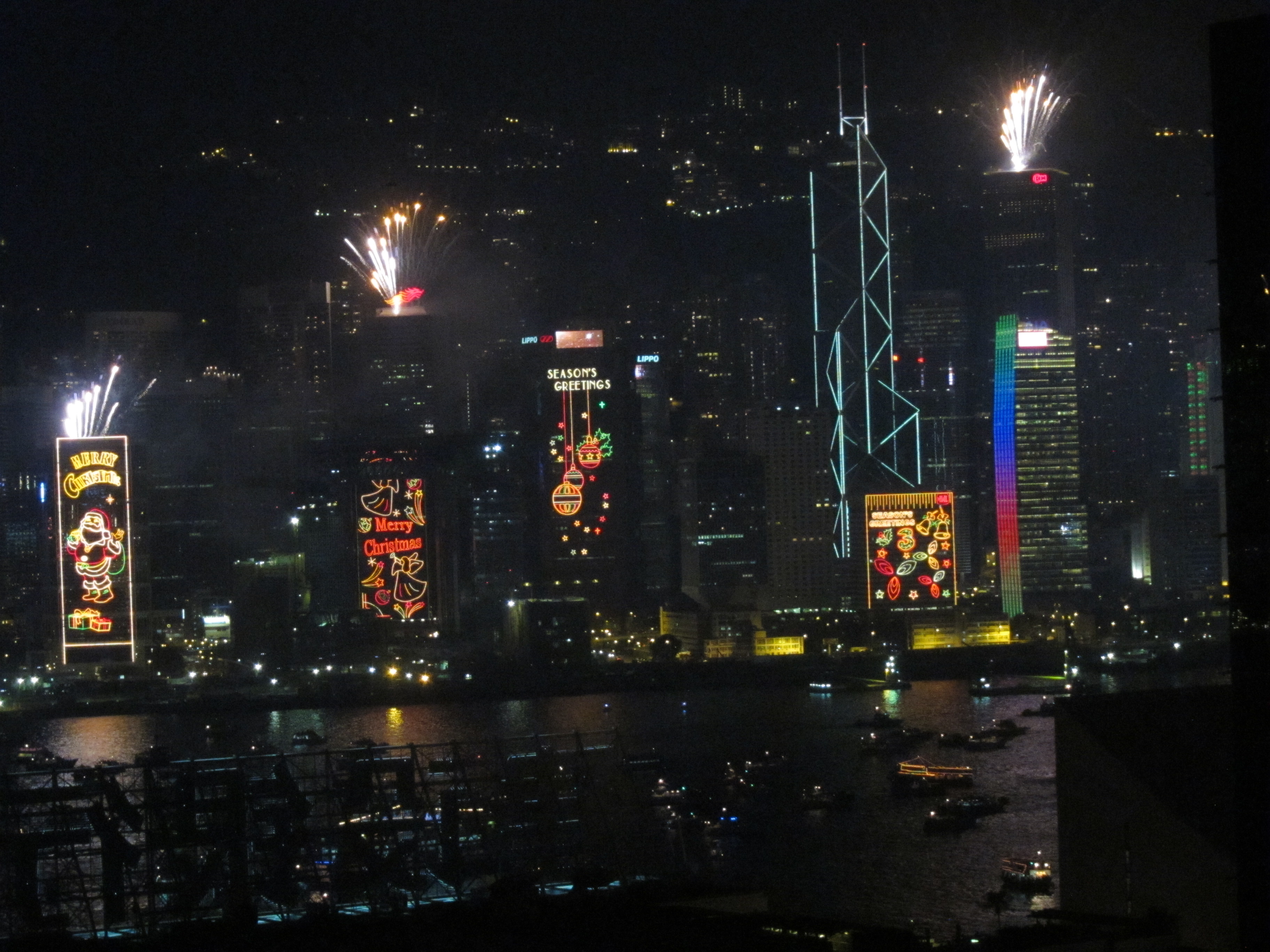
>Google’s Project Fi worked really well for us earlier this past May.
I’m curious about this. I just switched to Project Fi to evaluate their coverage/performance in Japan instead of renting a domestic data SIM as I usually do, but I’ve had trouble finding any recent information regarding it. Do you know what network Fi placed you on and what the bandwidth rates were? From one source in 2015 I see that the connection was limited to 256kbps (so literally ~5x dialup), which is not even close to average LTE speeds on domestic networks in Japan.
@Iae – when we were there in May, it was 256k. coverage was excellent. but as of 7/1, Google uncapped it, so it should be a lot faster now.
The main districts of Tokyo (in roughly counter clockwise, north to south) are:
[North]
– Asakusa/Sumida, home to Asakusa Shrine, Senso-ji Temple, and Tokyo SkyTree on the east side of the Sumida River
– Ueno/Akihabara, home to a large park and the Ueno Zoo, and a couple national museums; Akihabara is Japan’s nerd and anime hub
[West]
– Shinjuku, home to many govt buildings (the top of the Tokyo Metropolitan Govt Bldg is a free observatory), and the primary grouping of clusters of bars within Tokyo
– Yoyogi Park / Harajuku, another large park, home to the Meiji Shrine; Harajuku’s Takeshita Street, home to Japan’s cute/lolita/Hello Kitty culture; and Omotesando, an upscale shopping area
– Shibuya, home to the famous scramble crossing, and a major shopping area
– Roppongi / Azabujuban, an upscale area with higher-end bars and fancier hotels, and west of Tokyo Tower
[Central]
– Hibiya / Ginza / Tsukiji, an area with lots of upscale malls, the Tsukiji Fish Market, and east of many government agencies and parliament
– Chiyoda / Tokyo Station / Nihombashi, generally considered the center of Tokyo, east of the Imperial Palace, home to the main train station and a number of hotels
Tokyo is a huge city, but is well connected via subway (almost always faster and much cheaper than taxi/Uber). The maps can be incredibly disorienting given how many lines there are, but Google Maps is incredible at telling you how to get places. Trains are also rarely delayed.
If crowds intimidate you, avoid the morning and evening rushes, and time your meals before/after the office crowds.
Don’t try to visit too many things, but set out for a few places to explore. Asakusa Shrine, Meiji Shrine, and Shibuya are probably the biggest sights. Even if you get lost, Tokyo is an incredibly generous place to be disoriented in.
I have stayed @ Shibuya Excel as well a few years ago. Right across the street from Shibuya St and assuming you have a park view, you can get the Shinjuku skyline view and potentially the crossing. You’ll at least be able to see from the bank of lifts if not.
Shibuya has a younger demo than Shinjuku. I would also suggest skipping the Imperial Palace if time limited. Meiji Jingu is another good shrine/temple option. Happo-en Garden for tea. Robot Restaurant in Shinjuku for crazy time. Tsukiji Market (fish market for early AM fish auction) is moving in Nov this year. Subway does not run early, so you will need to taxi and note that taxis are sort of expensive. Doors close themselves so you do not need to close them on exit.
If you’re going to Tsukiji, do not go to the main entrance – This is the building you want. https://www.google.com/maps/@35.6634719,139.7735488,3a,75y,180.85h,86.8t/data=!3m6!1e1!3m4!1s4oqY_P72PRbykly5rBVjJQ!2e0!7i13312!8i6656!6m1!1e1 .
be aware that the tsukiji fish market is closing and moving to a new location in november.
Tip # 1: Try to schedule your layover through Haneda (HND) rather than Narita (NRT); doing so will shave of more than an hour off of your commute round trip–an hour that you can be experiencing Tokyo as opposed to waiting to get there.